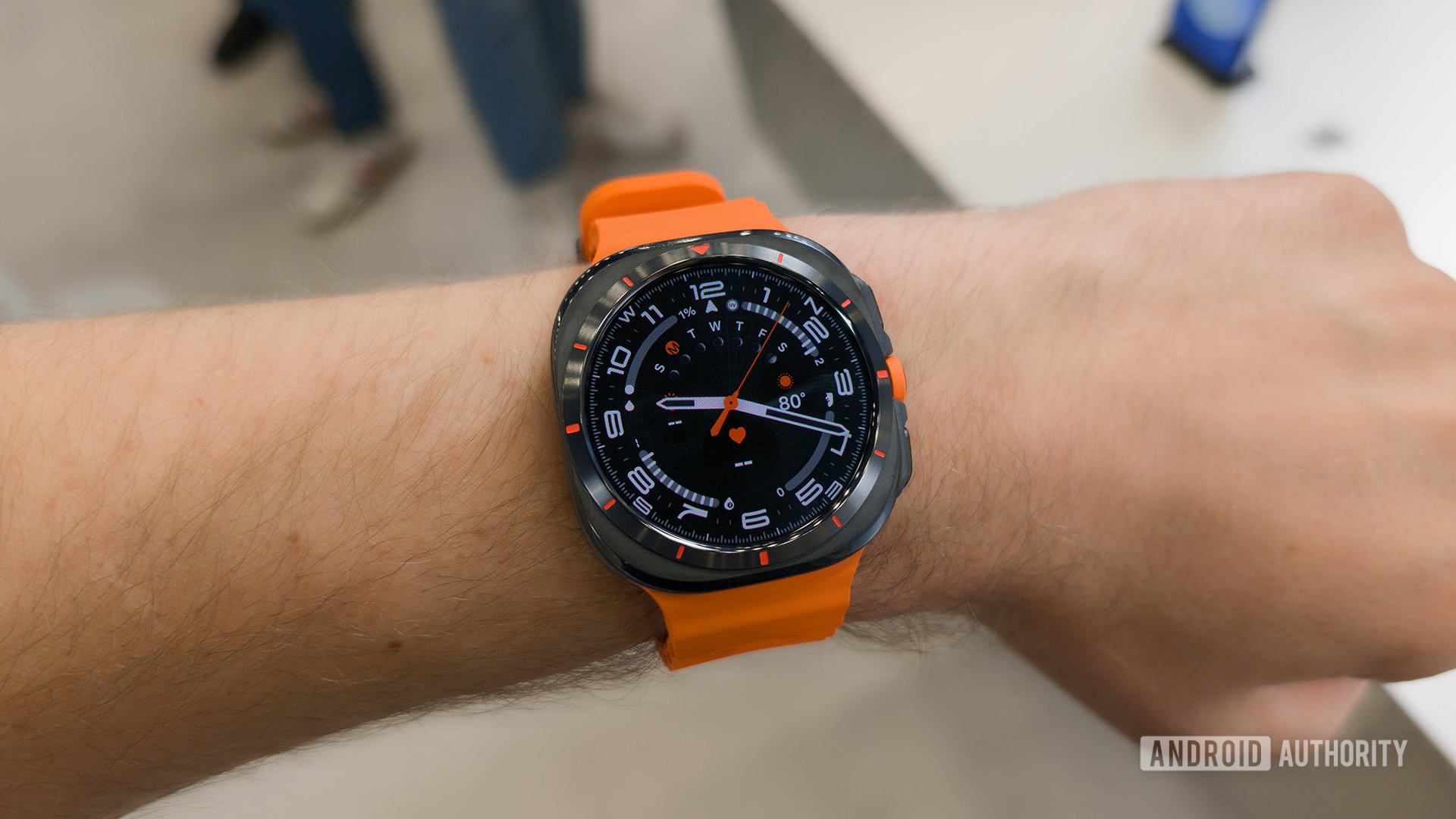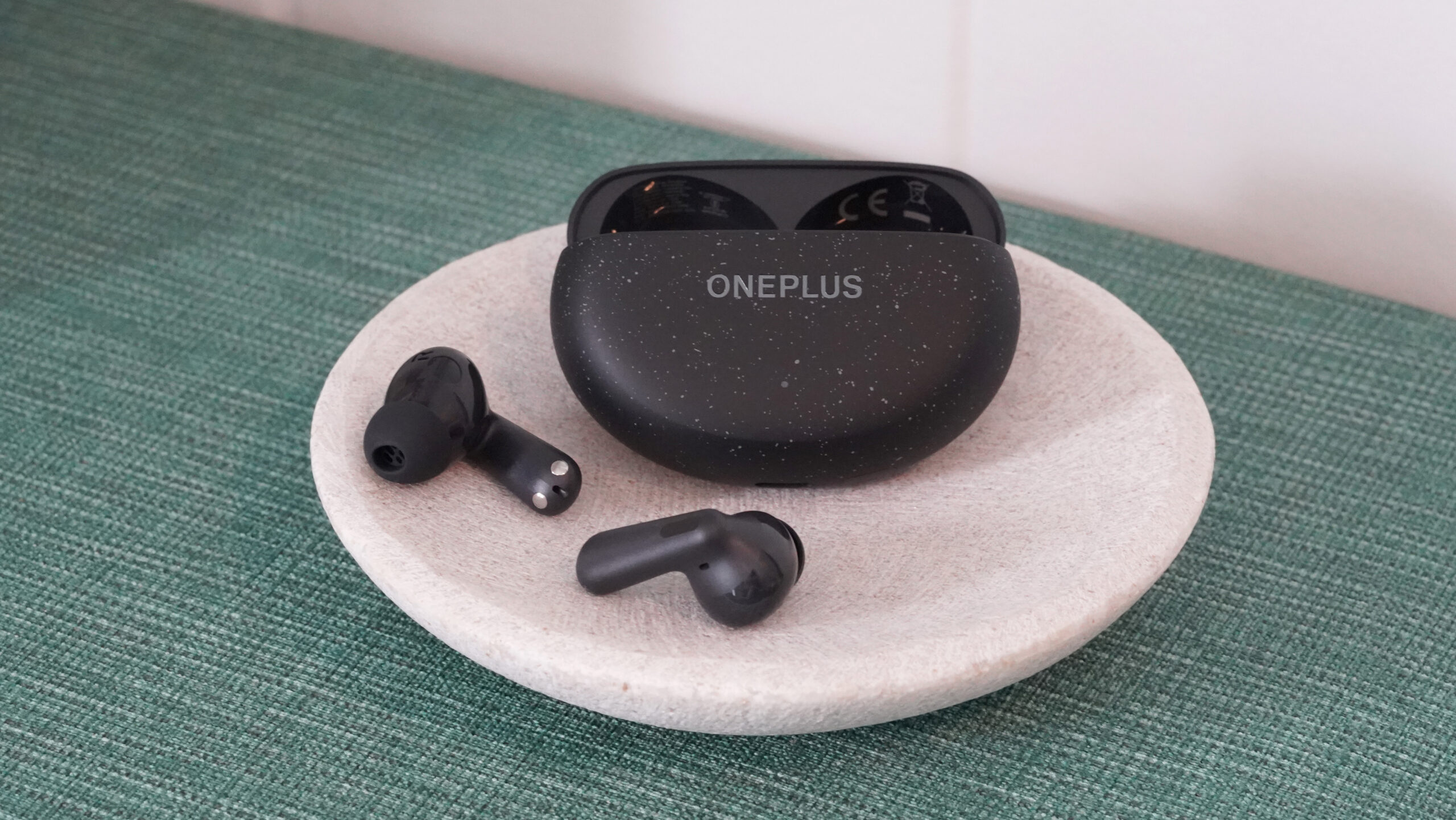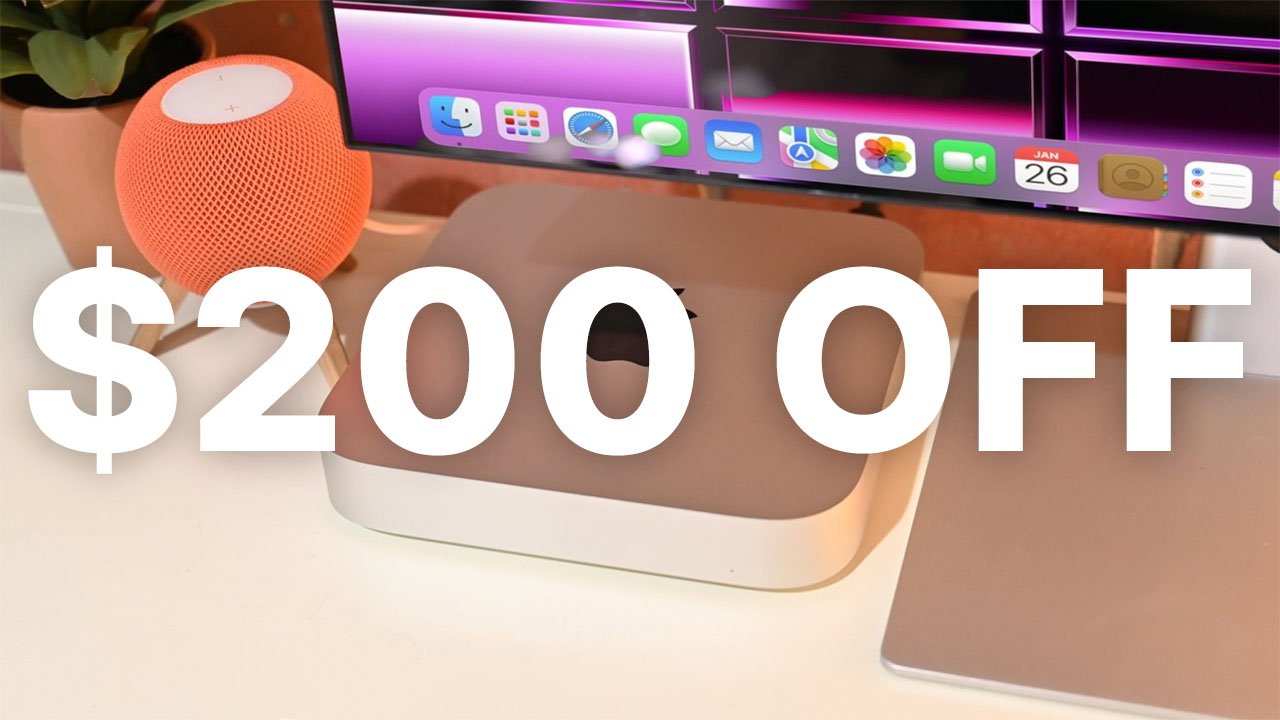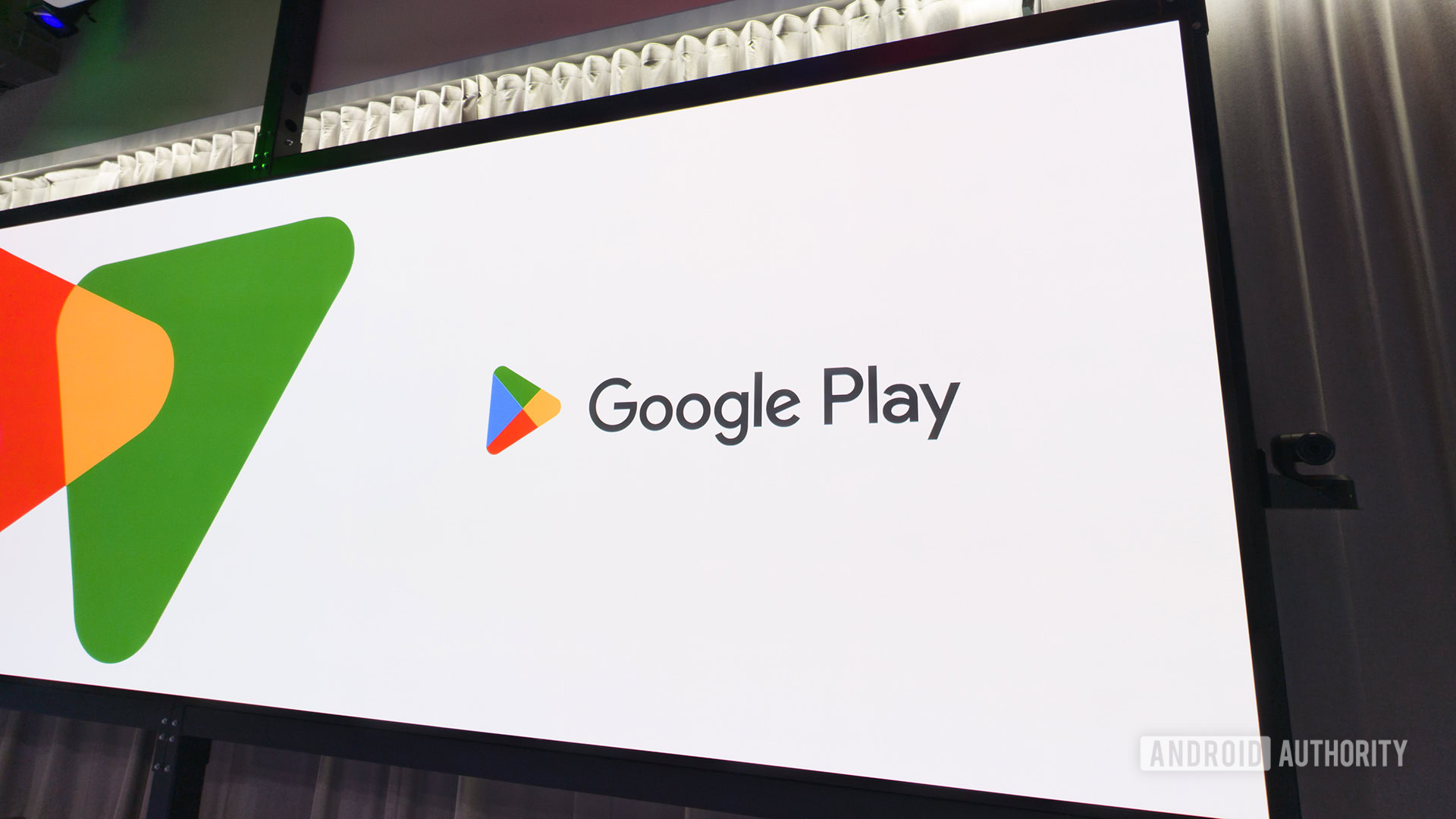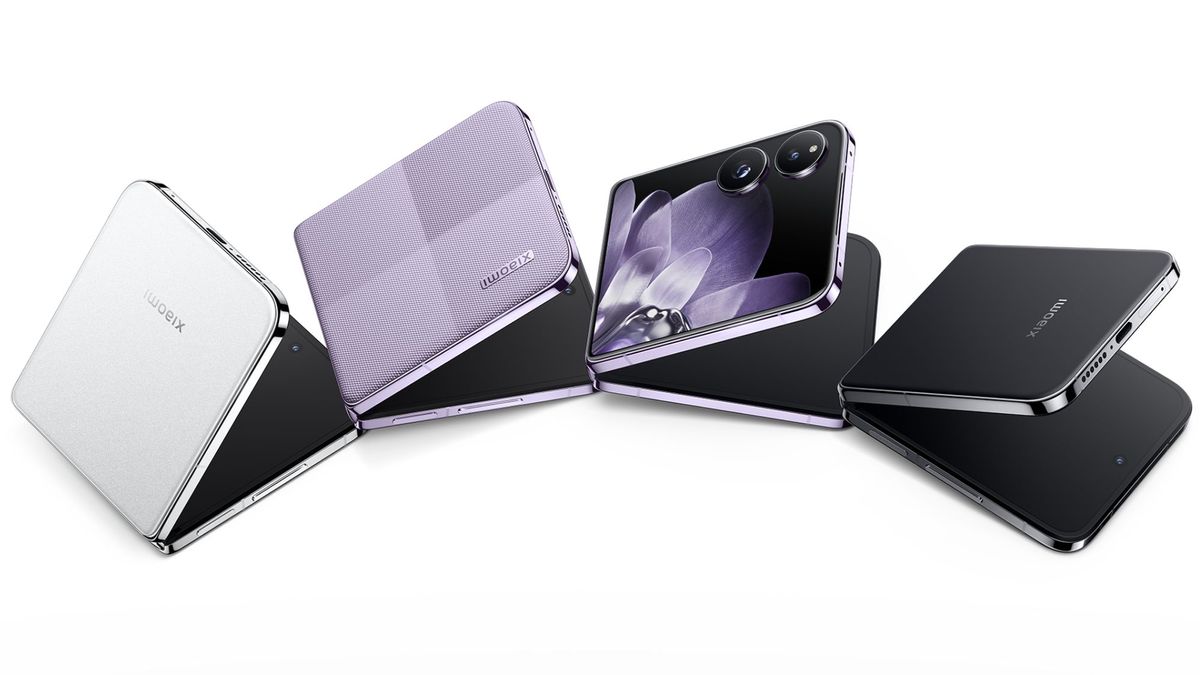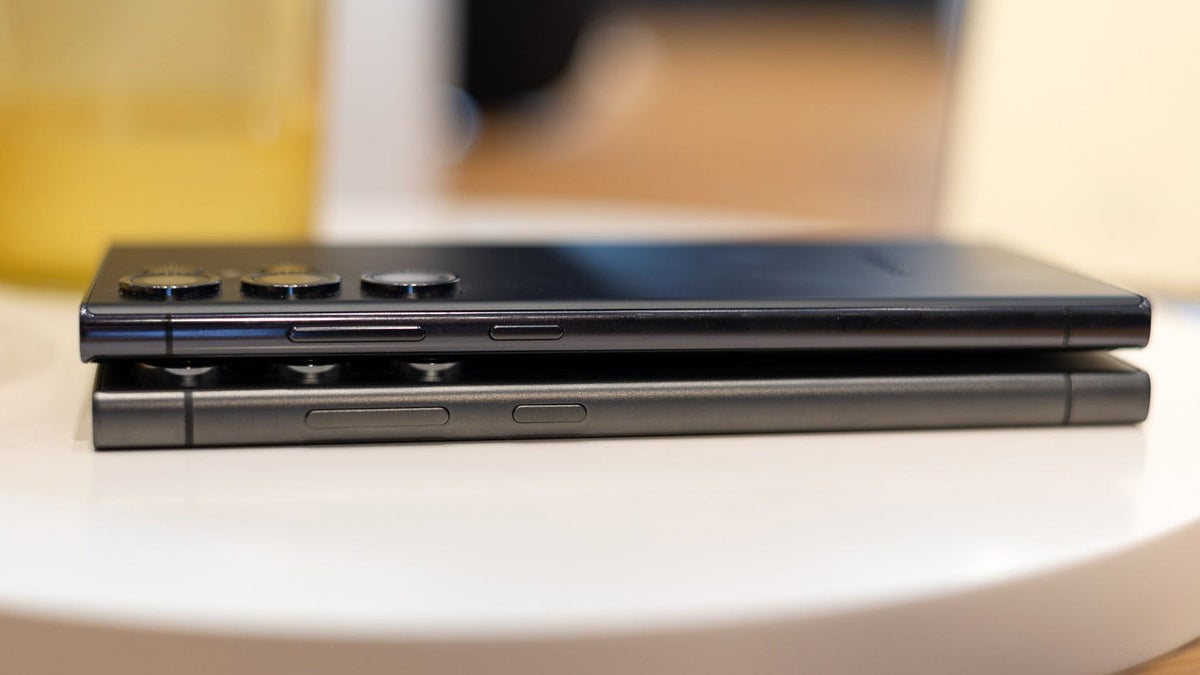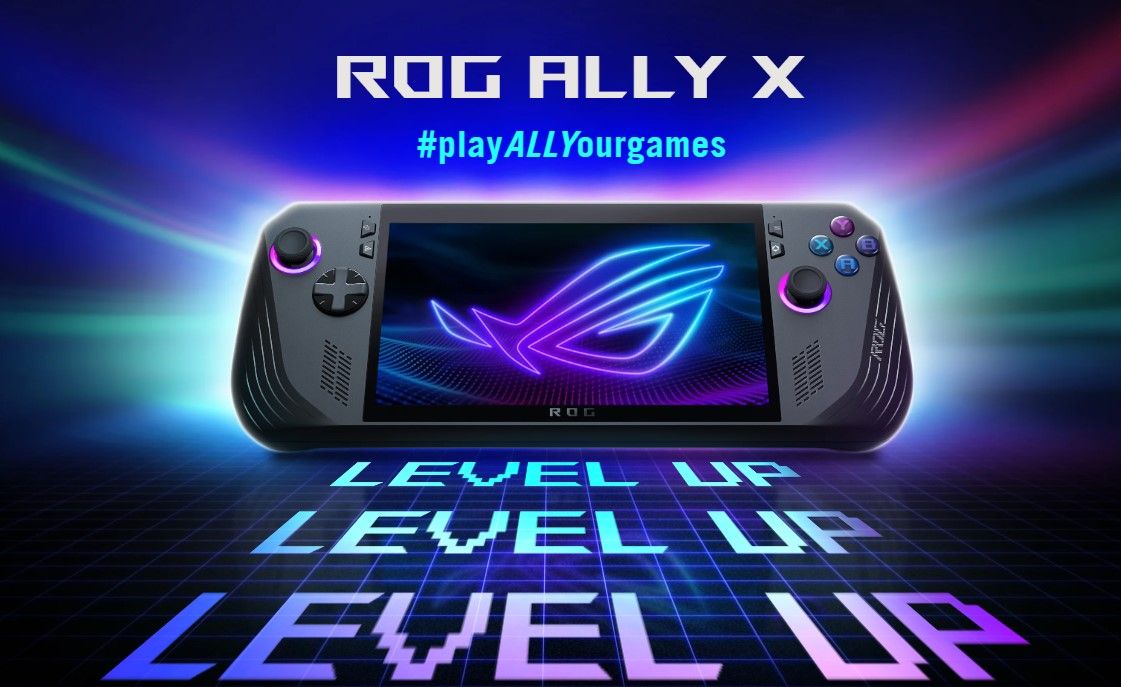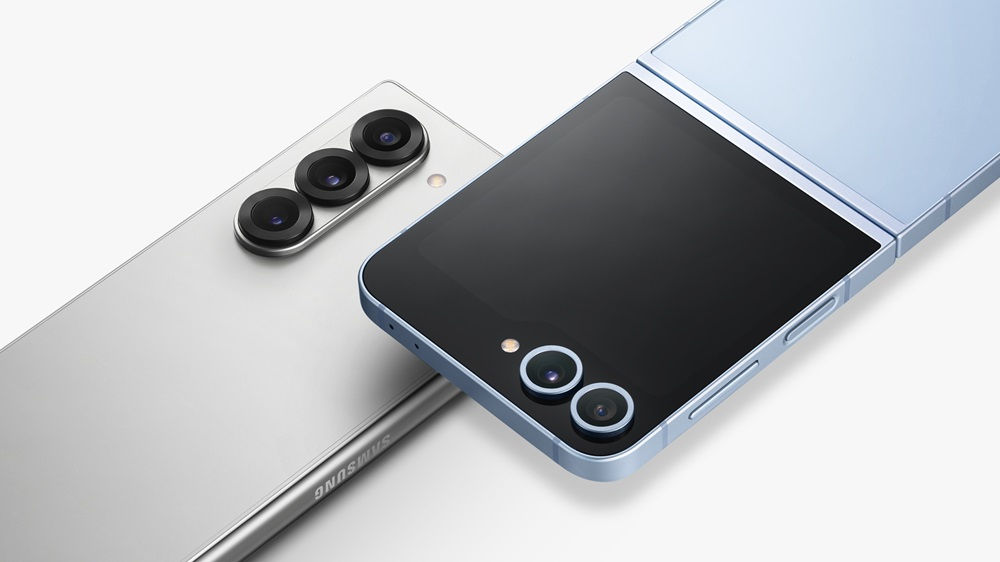From www.pcmag.com
SpaceX’s cellular Starlink system is thus far a “massive success, meeting or exceeding testing objectives,” the company tells the FCC in a Thursday letter.
The letter details SpaceX’s progress on testing its “Direct to Cell” Starlink technology, which uses orbiting satellites to beam internet data to phones on the ground.
The company previously took to Twitter to tout some of its successful tests, which recently included delivering downloads speeds at 17Mbps. The letter elaborates further, and says that SpaceX employees have been testing the technology’s capabilities in Redmond, Washington; Mountain View, California; and Kansas City, Kansas.
“Among other results, the satellites have been able to communicate with multiple models of unmodified Samsung, Apple, and Google devices using (T-Mobile’s) PCS G Block spectrum, including in urban and rural areas, indoors and outdoors, and in clear sky and under tree cover,” the company says.

(Credit: Starlink.com)
Specifically, SpaceX used unmodified phone models from the Galaxy, iPhone, and Pixel lineups. “These devices have properly communicated for the duration of the satellite pass and did not experience harmful interference from adjacent-band devices,” the company says.
The other interesting part is how the cellular Starlink technology can beam internet data to phones indoors. The letter doesn’t offer details, but it notes that SpaceX has been testing the cellular satellite technology within the maximum authorized power flux density, or what the FCC defines as the “amount of energy emitted by a transmitter that is present over a unit area.”
“This has enabled devices to communicate with the satellites through tree cover and indoors (although the direct-to-cell service is designed for outdoor use), and down to an elevation angle of 25 degrees,” the company says.
Recommended by Our Editors
In addition to posting a tweet on Twitter and relaying SMS messages, the cellular Starlink technology was able to transmit messages through WhatsApp, the letter says.
Rival telecommunication and satellite providers have been concerned that the cellular Starlink satellites will generate radio interference. The company’s letter says: “Over two months of daily testing, SpaceX has not received any notices of harmful interference from any in-band, out-of-band, or cross-border users, and has no reason to believe such interference has occurred.”
Pending approval from the FCC, the company plans on launching the cellular Starlink system for T-Mobile customers later this year, first to enable satellite-based SMS messaging. Support for voice calls and data is slated to arrive next year. To power the service, the company plans on launching over 800 Direct-to-Cell satellites in the coming months.
Get Our Best Stories!
Sign up for What’s New Now to get our top stories delivered to your inbox every morning.
This newsletter may contain advertising, deals, or affiliate links. Subscribing to a newsletter indicates your consent to our Terms of Use and Privacy Policy. You may unsubscribe from the newsletters at any time.
[ For more curated tech news, check out the main news page here]
The post SpaceX: Cellular Starlink System Works on iPhone, Pixel, Galaxy Devices first appeared on www.pcmag.com


